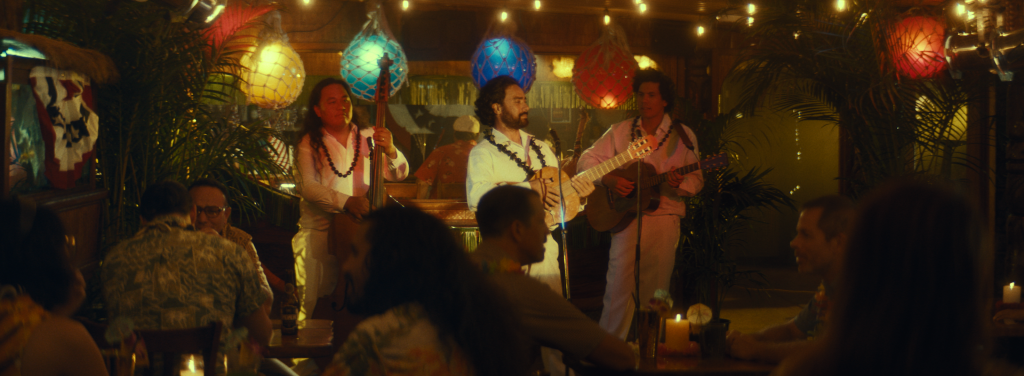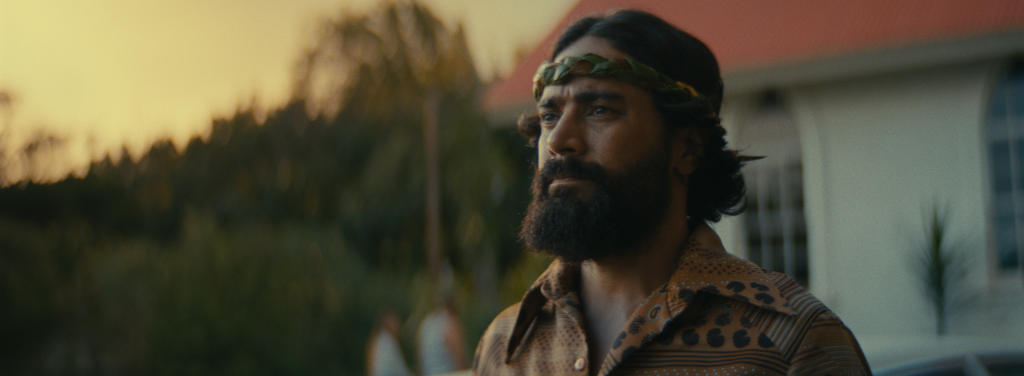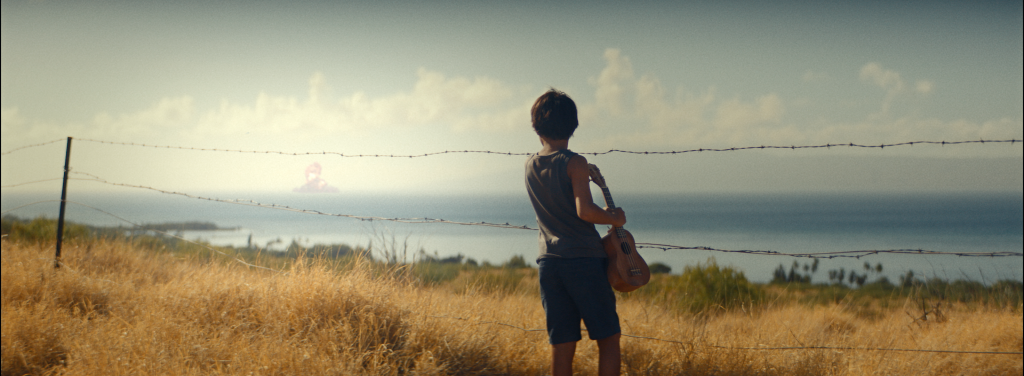Film depicts life of George Helm, sacrifices made by Protect Kahoʻolawe ʻOhana activists

The story of Hawaiian activist George Helm unfolds in a screening of the film “Hawaiian Soul” at the Maui Arts & Cultural Center on Aug. 18, along with music from his niece and multiple Nā Hōkū Hanohano winner Raiatea Helm.
The event at the Castle Theatre starts at 7:30 p.m. Admission is free with seating on a first-come, first-served basis. No preregistration is required.
“This short, fictional story is based on true events and captures key moments where music fuels both George’s passions of celebrating Hawaiian culture and guarding what’s left of it,” said film writer-producer ʻĀina Paikai.
Paikai said Helm used his voice to inspire a revolution of consciousness during the 1970s native rights movement, now known as the “Hawaiian Renaissance.”


The event will conclude with a panel discussion and audience Q&A featuring the film’s director ʻĀina Paikai, producer Justyn Ah Chong and two of the film’s actors, Kolea Fukumitsu and Kamakani Fukumitsu.
George Jarret Helm Jr., a Molokaʻi resident, was a successful Hawaiian entertainer when he decided to become a part of a group of Hawaiian activists trying to stop the military target bombing of Kahoʻolawe island in the 1970s.

Helm helped to form the Protect Kahoʻolawe ʻOhana, the spearhead activist group working to stop the bombing, and became its president.
In 1976, members of the ʻOhana began a series of occupations on the island with the intent of stopping the bombing, including Walter Ritte Jr. and Emmett Aluli. The protest became a rallying point in what the ʻOhana called a movement for “Aloha ʻĀina” and also rekindling native beliefs in being caretakers of the land.
Tragically, Helm and his fellow Protect Kahoʻolawe ʻOhana friend Kimo Mitchell disappeared and presumably died while crossing from Kahoʻolawe to Maui. Their bodies were never found.
Helm’s vision was to halt the bombing and restore the island. Both have come to pass, and the reforestation of Kahoʻolawe continues. The island is being held under state control until a recognized Hawaiian entity can assume the responsibility for it.

Growing up with her family on the island of Moloka‘i, Raiatea Helm who appears in the film gained a deep love and appreciation for her surroundings and culture.
Today, she strives to share her experiences and knowledge of Hawai’i’s rich history through traditional song and dance. She is musically trained in the style of “leo kiʻekiʻe” (falsetto), and is currently working towards creating a University Degree in Musicology with an emphasis in Hawaiian music, language and culture.
The real life story of George Helm is akin to other artists in history who used their platform to educate and empower the people, igniting a revolution during the civil rights movement, only to befall a controversial and untimely disappearance and death at a young age. He was 26 years old.
His family and the entire Hawaiian community were heartbroken over the loss of their strong, charismatic leader, who dreamed of a better tomorrow for the native community and their land.
Eventually, Raiatea hopes to teach future generations and to encourage others to preserve the authenticity of mele “Hawaiian Music.” Raiatea’s success as an artist also includes many prestigious awards including two Grammy nominations, six Nā Hōkū Hanohano awards, and a Native Arts & Cultures Fellowship.








